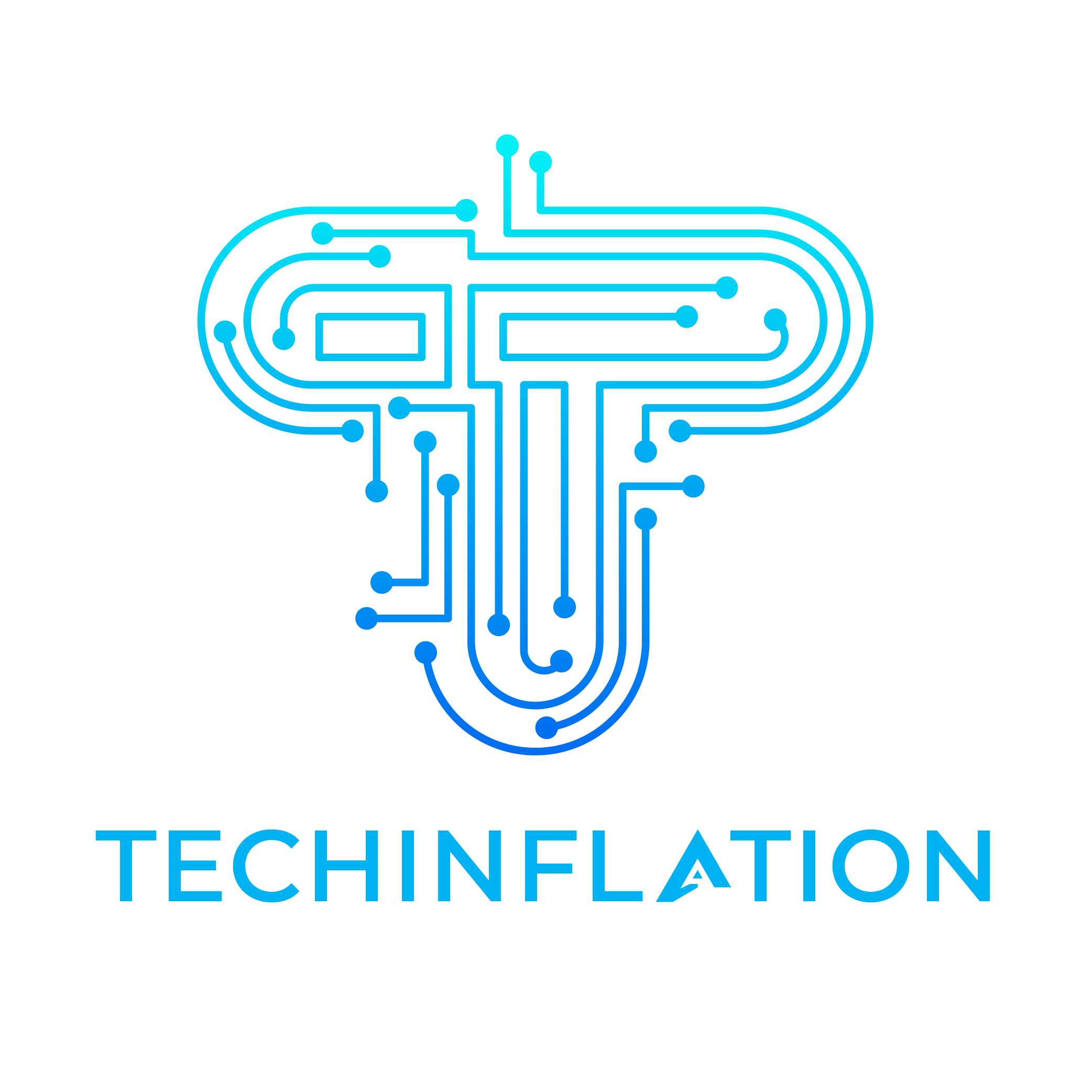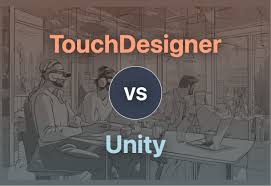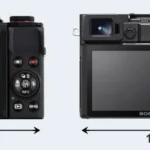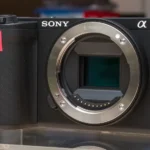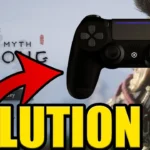Introduction
When it comes to creating interactive 3D content, TouchDesigner and Unity are two of the most popular tools available. Whether you’re a developer, artist, or designer, choosing the right platform is crucial to achieving your project goals. This article provides a comprehensive comparison of TouchDesigner vs. Unity, highlighting their strengths and weaknesses to assist you in selecting the optimal platform for your specific needs.
What is TouchDesigner?
Brief History
TouchDesigner, developed by Derivative, is a visual development platform that allows users to create real-time, interactive multimedia content. It has been around since the early 2000s and has become a favorite among artists and developers for its versatility and powerful features.
Key Features
TouchDesigner stands out for its node-based interface, which makes it easy to create complex visual effects without writing extensive code. Some of its key features include:
- Real-time rendering
- Seamless integration with various hardware and software
- Advanced audio and visual processing
- Customizable user interfaces
Common Use Cases
TouchDesigner is a popular choice for creating live events, installations, and interactive art experiences.. Its real-time capabilities make it ideal for creating immersive experiences that respond to user input or environmental changes.
What is Unity?
Brief History
Unity, developed by Unity Technologies, is a cross-platform game engine that was first released in 2005. It has since become one of the most widely used tools for game development, virtual reality (VR), and augmented reality (AR) applications.
Key Features
Unity’s popularity can be attributed to its robust set of features, including:
- Real-time 3D rendering
- Extensive asset store
- Cross-platform support
- Powerful scripting capabilities with C#
Common Use Cases
While Unity is best known for game development, it is also used in various other industries such as architecture, film, automotive, and education. Its versatility makes it a go-to tool for creating interactive and immersive content.
Ease of Use
Learning Curve for TouchDesigner
TouchDesigner has a steeper learning curve due to its node-based approach and the complexity of its features. However, once mastered, it offers incredible flexibility and control over the creative process.
Learning Curve for Unity
Unity is generally considered more beginner-friendly, especially for those with programming experience. Its extensive documentation and large community support make it easier for newcomers to get started.
Performance
Real-time Rendering Capabilities in TouchDesigner
TouchDesigner excels in real-time rendering, allowing for smooth and responsive visual effects. Its ability to handle high-resolution graphics and multiple inputs makes it ideal for live performances and installations.
Real-time Rendering Capabilities in Unity
Unity also offers excellent real-time rendering capabilities, with a focus on optimizing performance across various devices. TouchDesigner’s powerful lighting and shading tools create highly realistic visuals for games and VR.
Flexibility and Customization
Customization in TouchDesigner
TouchDesigner allows for extensive customization through its node-based system and Python scripting. Users can create unique visual effects and interactions tailored to their specific needs.
Customization in Unity
Unity’s C# scripting and component-based architecture provide a high level of customization. Developers can create complex behaviors and interactions, making them suitable for a wide range of applications.
Integration with Other Tools
TouchDesigner Integration
TouchDesigner integrates seamlessly with various hardware and software, including MIDI controllers, OSC, and VR headsets. This makes it a versatile tool for interactive installations and live events.
Unity Integration
Unity seamlessly integrates with a vast array of third-party tools and services, including VR/AR SDKs, analytics platforms, and cloud solutions. Its asset store also provides a wealth of plugins and assets to enhance functionality.
Community and Support
TouchDesigner Community and Resources
TouchDesigner has a dedicated community of artists and developers who share their knowledge through forums, tutorials, and workshops. Derivative also offers extensive documentation and support resources.
Unity Community and Resources
Unity boasts a massive, thriving community of developers and creators. With countless tutorials, forums, and official documentation, users can easily find help and resources to overcome any challenges.
Cost and Licensing
TouchDesigner Pricing and Licensing Options
TouchDesigner offers a free version with limited features, while the commercial version requires a paid license. Pricing varies based on the intended use and required features.
Unity Pricing and Licensing Options
Unity provides a free personal version for individuals and small teams, with paid plans available for larger enterprises and advanced features. The pricing is flexible, catering to different levels of users.
Use Cases in Various Industries
TouchDesigner in Live Events and Installations
TouchDesigner is widely used in the entertainment industry for creating stunning visual displays and interactive installations. Its ability to process real-time data makes it ideal for dynamic and responsive environments.
Unity in Game Development and VR/AR
Unity is a leading tool in game development, offering powerful features for creating immersive and interactive experiences. It is also widely used in VR and AR applications, providing tools to develop cutting-edge experiences.
Learning Resources
Tutorials and Courses for TouchDesigner
There are numerous tutorials and online courses available for TouchDesigner, ranging from beginner to advanced levels. These resources help users quickly get up to speed and master the platform.
Tutorials and Courses for Unity
Unity offers a wealth of learning resources, including official tutorials, online courses, and certification programs. Whether you’re a beginner or an experienced developer, there’s always something new to learn.
Future Prospects
Development and Updates in TouchDesigner
TouchDesigner continues to evolve, with regular updates and new features being added. The developers are committed to improving the platform and expanding its capabilities.
Development and Updates in Unity
Unity is constantly being updated with new features and improvements. The company’s focus on innovation ensures that the platform remains at the forefront of real-time 3D development.
Pros and Cons
Pros and Cons of Using TouchDesigner
Pros:
- Excellent for real-time visual effects
- Powerful node-based interface
- Great for live events and installations
Cons:
- Steep learning curve
- Limited resources compared to Unity
Pros and Cons of Using Unity
Pros:
- Wide range of applications
- Extensive community and resources
- Powerful scripting capabilities
Cons:
- Can be overkill for simple projects
- Some advanced features require paid licenses
Choosing the Right Tool
Factors to Consider
When choosing between TouchDesigner and Unity, consider factors such as your project requirements, skill level, and budget. Both tools have their strengths and are suited to different types of projects.
Recommendations Based on the Use Case
For live events, installations, and real-time visual effects, TouchDesigner is a great choice. For game development, VR/AR, and interactive applications, Unity is the preferred tool.

Conclusion
In conclusion, both TouchDesigner and Unity offer powerful features for creating interactive 3D content. The choice between the two depends on your specific needs and goals. By understanding the strengths and limitations of each platform, you can make an informed decision that will best support your creative vision.
